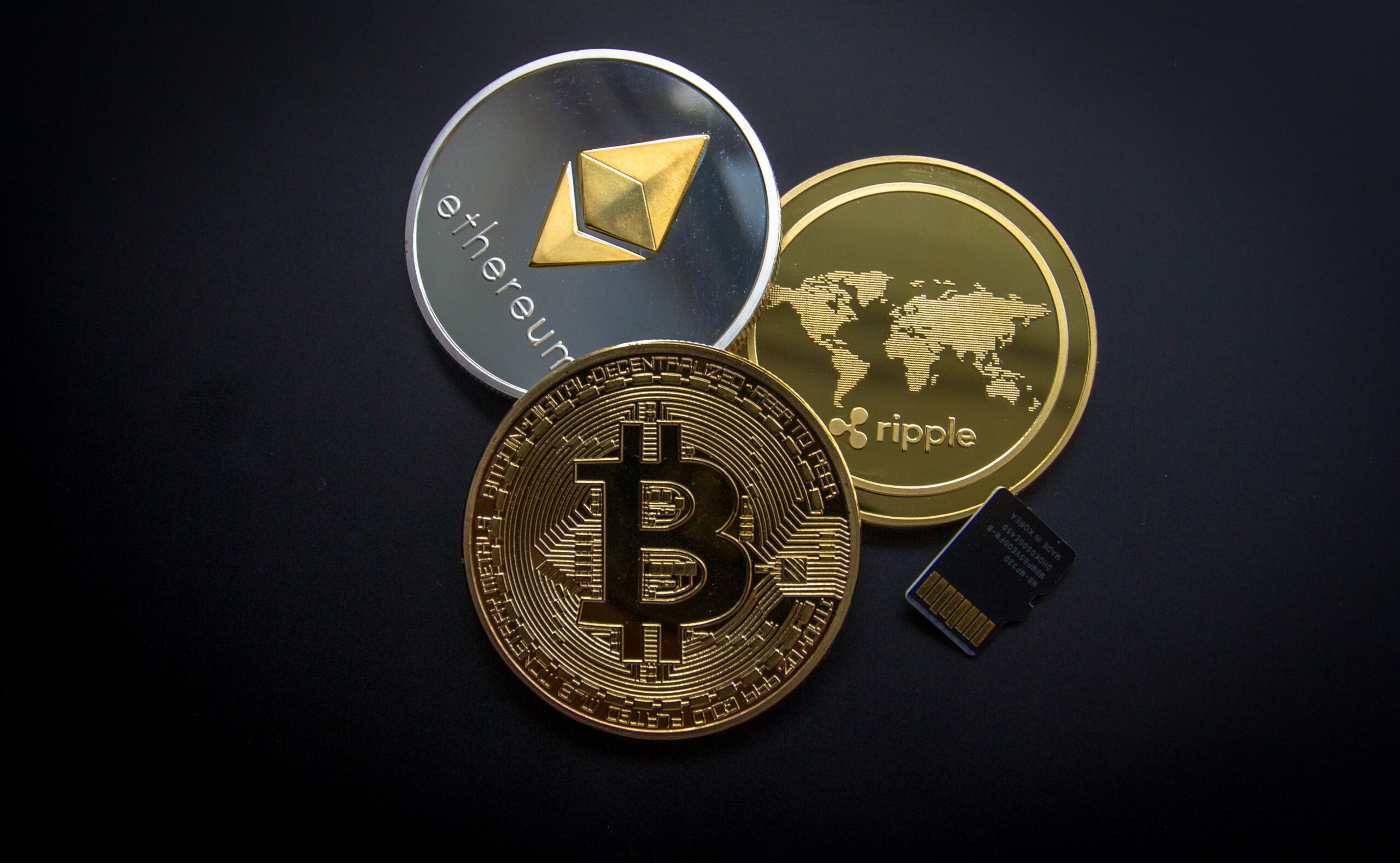Coinbase, the World’s Premiere Cryptocurrency Exchange, Faces Contradictions Since Going Public
Two sides of the coin.

So you wanna buy some bitcoin, do ya? Invest in ethereum? Put some money into litecoin? Maybe see if you can join the growing ranks of dogecoin millionaires? Step right up to Coinbase, the web-based cryptocurrency exchange that offers a convenient marketplace for anyone wanting to get in on the financial world’s latest craze.
Think of Coinbase as an online clearing house for all things crypto: sign up for an account and you can buy, sell, store, trade, and discuss some of the world’s most popular cryptocurrencies. You can also use the platform to convert one cryptocurrency to another or to any number of “traditional” currencies, or to send and receive cryptocurrency to or from anyone in the world. For all these services, Coinbase charges a variety of commissions, functioning as the classic “toll booth” on the trading superhighway it built. And the more traffic there is, the more Coinbase earns—to the tune of $1.8 billion U.S. in revenue the first three months of this year alone.
Whether you should join the crypto crowd in this wild adventure, however, is still up for debate. Some industry watchers and analysts have applauded the arrival of Coinbase as the moment bitcoin and associated cryptocurrencies finally matured—the oft-cited tipping point at which a disruptive technology becomes mainstream. Others note that the company is feeding into an rapidly expanding cryptobubble: like the gleeful boomtown retailer hocking picks and shovels, egging on an ever-growing multitude of would-be prospectors to try to find digital gold in them there hills.
Not that investors seem to mind. Since their conception as a thought experiment by the mysterious Satoshi Nakamoto (almost certainly a pseudonym for the real creator) back in 2008, cryptocurrencies have exploded both in popularity and value. Starting from a base of, well, zero, the total value of the world’s cryptocurrencies now hovers somewhere around $1.5 trillion U.S. And, as bitcoin, ethereum, and other currencies gain increasing acceptance as an alternative to traditional inflation hedges such as gold, silver, and other precious metals, those who trade on Coinbase are almost sure to continue to profit wildly from it. Same goes for those who trade Coinbase stock.
But that wasn’t really the point, was it? As originally conceived by Mr. (or Ms.) Nakamoto (or Nakamotos), cryptocurrency was supposed to be a 21st-century replacement for old-fashioned, government-backed money—a way of paying for everyday goods and services with an autonomous, digital medium of exchange that stood outside of government manipulation, federal bank devaluation, or the ever-present transaction fees, transfer charges, and other costs charged by traditional banks. But it cannot fill that role if the value of the medium fluctuates wildly: how could a seller really know how much bitcoin to charge for, say, a carton of milk, if the value of that coin changes day by day? How could buyers know whether they purchased that carton for a fair price if the purchasing power of their ether goes up and down by the minute?
Which leads to a strange 21st-century irony: the same frenzied trading that leads Coinbase and other crypto exchanges to ever-greater success may be the very thing that prevents cryptocurrencies from being anything more than a trillion-dollar digital gamble. Oh, well—as the old-fashioned saying goes, you pays your money and you takes your chances.








